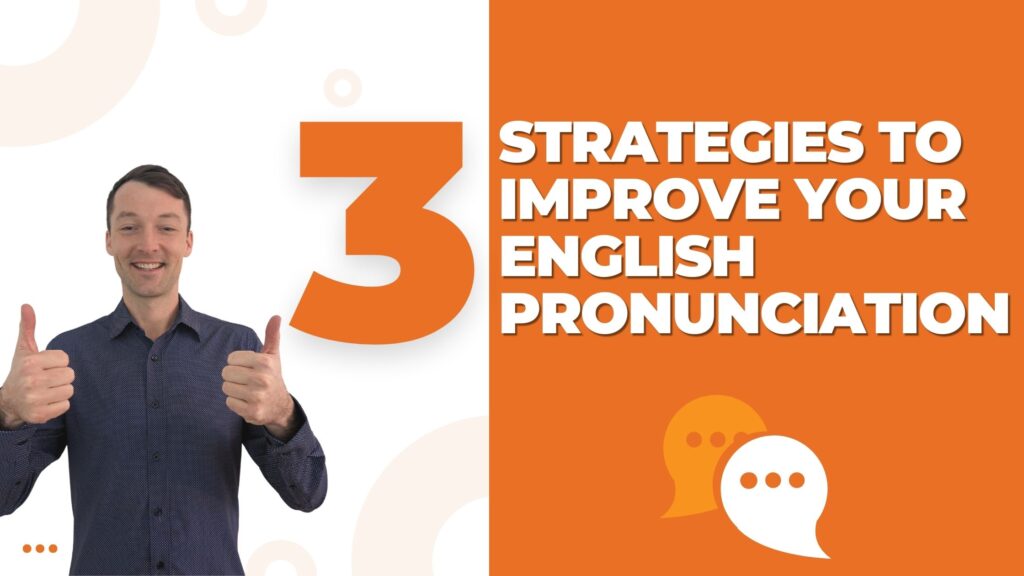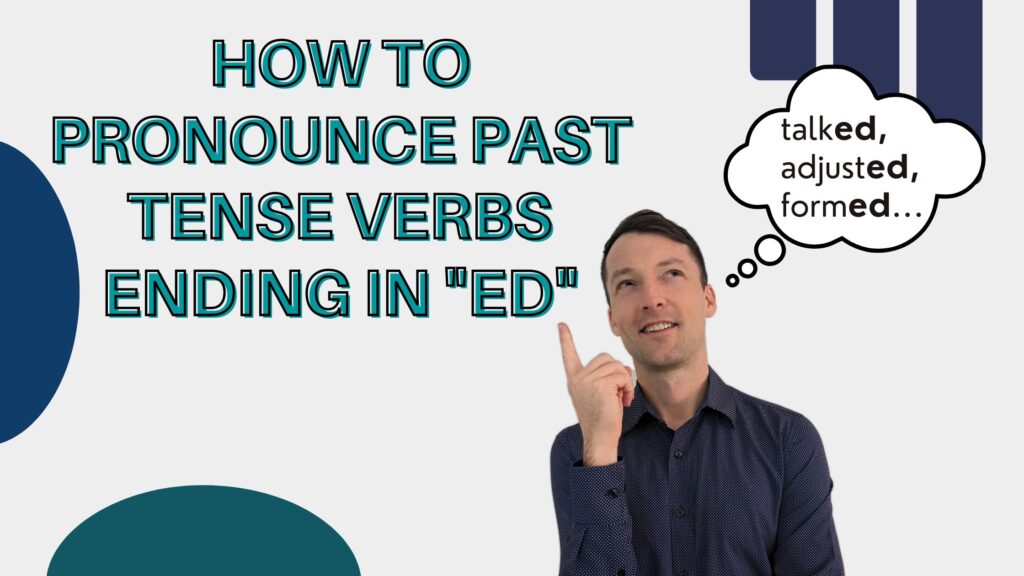Punctuation marks are marks to make your written meaning clear. You may have learned something about British punctuation. Some of the rules for American punctuation are a little bit different. In this posting I talk about the American rules for 11 common punctuation marks: period (.), question mark (?), exclamation point (!), comma (,), quotation marks (“…”), apostrophe (‘), semi-colon (;), colon (:), parentheses ((…)), hyphen (-), and dash (–). There will be many example sentences. The download at the end will give you addition practice using punctuation correctly.
Let us look at each punctuation mark individually.
Punctuation to end sentences
There are 3 types of punctuation marks that can go at the ends of sentences. These marks are also called end punctuation.
Period (.)
A period is called a full stop in British English. We put it at the end of a sentence that states a fact or gives us information.
The United States has 50 states.
We use periods to show our reader where one though stops and another starts. Look at these two short paragraphs. The first one does not have any periods.
- My neighbor went on vacation last week he asked me to water his plants and feed his dog he forgot to leave enough dog food, however, and I had to buy some on my own. We may be confused about where one though stops and the next one begins. We may also run out of breath reading this because we don’t know where to stop.
Now look at the same paragraph with periods.
- My neighbor went on vacation last week. He asked me to water his plants and feed his dog. He forgot to leave enough dog food, however, and I had to buy some on my own. This paragraph is much easier to understand.
Periods for abbreviations
We also use periods at the end of abbreviations.
Mr. Smith, Mrs. Jones (We do not use periods after these abbreviations in British English.), Forest St., Alameda Ave.
The only time we don’t use a period after an abbreviation is if the abbreviation is written in all capital letters (USA, NY, NASA)
Question Mark (?)
We put a question mark at the end of a sentence asking a question. This way your reader knows that you are looking for an answer.
Exclamation Point (!)
Use and exclamation point at the end of a sentence to show excitement or strong emotion.
Comma (,)–Punctuation for pauses
Commas show us where to pause. We don’t come to a complete stop. We just pause and take a breath. There are many uses for commas. In this posting we will just talk about the most common ones.
- Use a comma between two independent clauses.
- Use a comma after a dependent clause, but only if the dependent clause comes at the beginning of the sentence.
- We use commas to separate three or more items in a series or list.
Incorrect use of a comma
Be careful. If you put commas where they don’t belong, you can completely change the meaning. Look at this sentence. It is punctuated correctly, without commas.
- The koala eats shoots and leaves.
This means that the koala eats small plants that are just beginning to sprout and leaves from other plants. Shoots and leaves are not a series because they are only 2 items.
Now look at the same sentence written as if it were a series. This in incorrect.
- The koala eats, shoots, and leaves. This means that the koala has a meal, fires his gun, and then walks away. This is probably not what you mean to say.
Additional uses of commas
4. Use a comma when you are directly addressing someone by name.
- George, please close the window.
You are talking directly to George and asking him to close the window.
Be careful here, too. If you leave a comma out when you need one, you can change the meaning.
- Let’s eat, Grandpa.
- This is correct. You are addressing your grandfather and telling him it is time to eat.
- Let’s eat Grandpa. This is incorrect. You are suggesting that everyone should eat your grandfather. This is probably not what you meant.
5. Use a comma in a date.
- I was born on July 18, 1982.
Quotation Marks (“….”)–Punctuation for speech
We put quotation marks around the exact words that someone said. This tells the reader that someone is speaking. Note that we put a comma after the word said.
Apostrophe (‘)–Punctuation for contractions or possession
There are two uses for an apostrophe.
- Use an apostrophe in a contraction to show that one or more letters have been left out.
- don‘t = do not
- Use an apostrophe to show possession.
Semi-colon (;)–Punctuation similar to a conjunction
A semicolon can function as a conjunction. Most of the time, when we have a sentence with two independent causes, we join them with a coordination conjunction.
We can leave out the conjunction, however, and instead use a semi-colon. We don’t do this often.
Colon (:)–Punctuation for Lists
We use a colon to show that a list is coming. Look at the example.
- Please have the following school supplies with you on the first day of class: two pencils, a pen, paper, a loose leaf binder, a ruler, and three spiral notebooks.
Parentheses ( (…..) )–Punctuation for additional information
We use parentheses when we wish to add additional information for the reader. The additional information is not essential for the meaning. If may simply be something that is interesting to know, or it may give a little more clarity, but the reader would be OK without it.
- My father (He grew up in a time when people did not commonly have telephones in their homes.) was never comfortable using the telephone. The most important part of the sentence is that my father was never comfortable with phones. The information in parentheses tells us why, and may be interesting, but it is not essential to the meaning of the sentence.
Hyphen (-)–Punctuation with several uses
A hyphen has several meanings.
- Use a hyphen with compound numbers from 21-99 and with fractions.
- twenty–seven, one–half
- Use a hyphen with a compound adjective as long as it comes before the noun it modifies.
- Mozart was a well–known composer. Mozart was well known as a composer. Here the adjective follows the be verb and comes after the noun it modifies.
- Use a hyphen after several common prefixes: all-star, self-concept, ex-wife, non-Christian, pro–choice, president-elect.
Hyphens with phrases
4. We use hyphens with some compound phrases describing ages, relationships, and phrases that function as adjectives even though the words sound like adverbs.
- He has an eight–year–old son. (His son is eight years old.)
- My sister–in–law is from Pennsylvania.
- My house is new. Everything is up–to–date.
(Up is an adverb, but the phrase functions as an adjective.)
- All–or–nothing thinking can be dangerous.
- She is my soon–to–be new boss. (Again, soon is an adverb, but the phrase functions as an adjective.)
Dash (–)–Punctuation to make a point
Dashes are often confused with hyphens. A dash is about the length of two hyphens, We use a dash to connect words or groups of words to each other for emphasis or t make a point. Sometimes a dash can be similar to parentheses.
- Marta’s idea of fun—doing homework, washing the dishes, and scrubbing the floor—did not seem like fun to me.
You now know that we need punctuation marks to help make our meaning more clear in writing. Punctuation marks tell us when one thought stops and another starts, when to pause, when someone is speaking, and many other things. Incorrect punctuation can change meaning and cause us to say what we don’t mean. American punctuation rules differ somewhat from British ones. The download will give you addition practice using punctuation in American English.
Idioms of the Day
- Don’t hold your breath
–This means don’t expect results soon. In fact, you may never see results. Politicians make promises all the time, but don’t hold your breath. They seldom keep their word.
- a sitting duck
–This means an easy target for something bad. If you don’t lock your doors when you leave the house, you are a sitting duck. A robber can easily enter your house.





Excellent short instruction. To my pity, I think there is “it” confused with “if “in text.
what does … mean